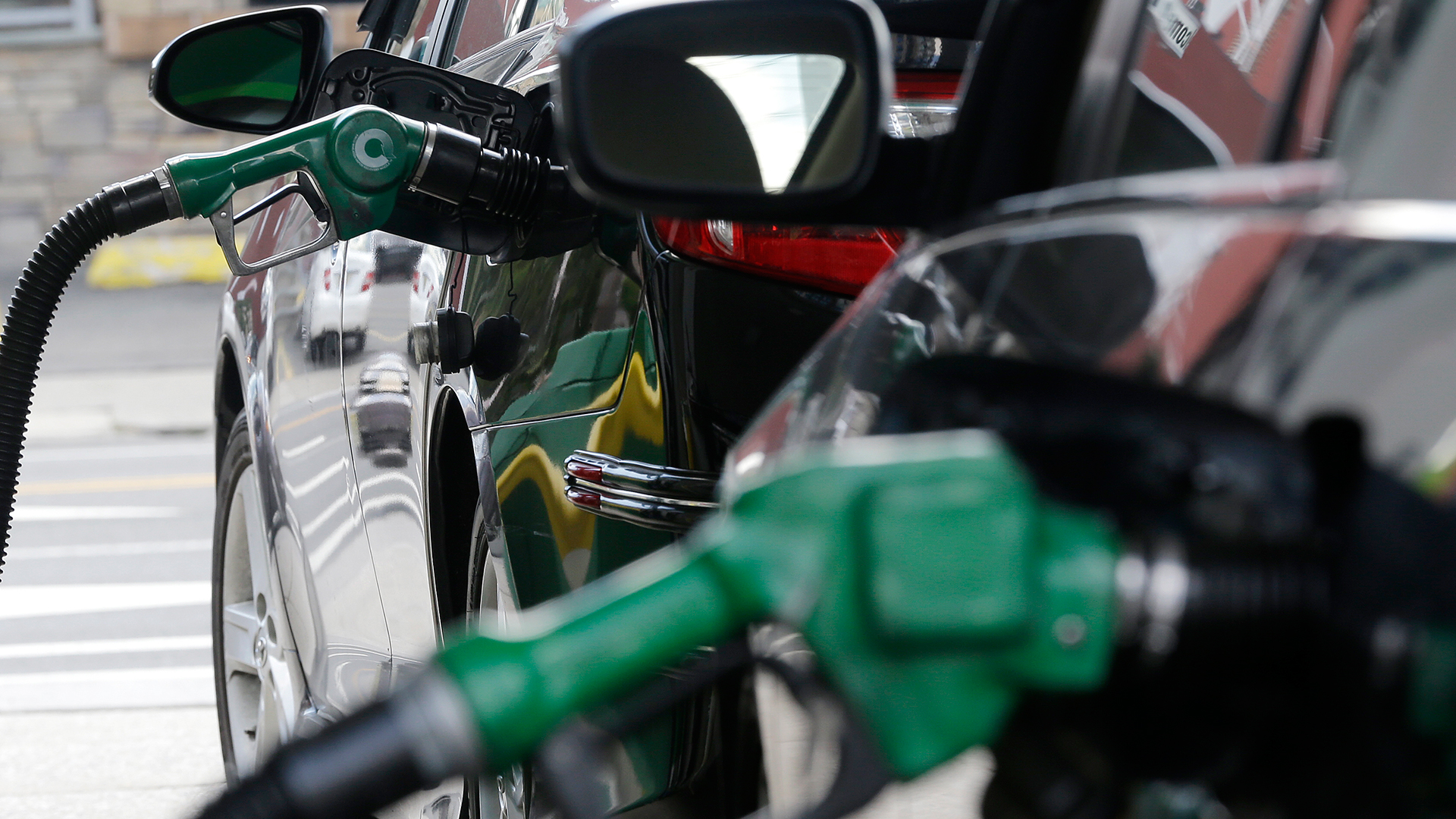

Auto manufacturers seem to be taking extensive measures to improve their EPA fuel economy ratings these days, but real-world fuel economy hasn’t actually met expectations in the past four years, according to a report due out next month.
A study performed by Emissions Analytics has tested more than 500 cars on an 88-mile loop in southern California since 2013, Automotive News reports. This loop includes a mix of city and highway driving, with and without air conditioning turned on.
The study reportedly found that engines with less than 2.0 liters of displacement saw virtually no change in fuel economy. Engines with between 2.0 and 3.0 liters were actually slightly worse than before, while engines more than 3.0 liters have seen some small improvements.
One of the current trends in the industry to improve fuel economy is turbocharging. Honda, for example, has switched from a normally aspirated 1.8-liter engine for their economy models to a 1.5-liter turbocharged engine.
This works, to a point, but the study reveals diminishing returns at the 2.0-liter mark. The smaller engines are more efficient under light loads, such as cruising at a steady speed. But when asked for more, the turbo kicks in, and that drinks more fuel. The smaller the engine, the less powerful it is off boost, and the more often it has to ask the turbo for help.
As a real world example, take my 2015 Subaru WRX. During an easy five-hour highway drive with no traffic last weekend, it got an amazing 35 miles per gallon, significantly more than its 28 mpg highway rating. Yet during a track day earlier this year, which involved the most inefficient kind of driving possible, it got 6. Six miles per gallon! It has a 2.0-liter turbocharged engine, which seems to back up the report’s claims of that size being the on the edge of a sweet spot.
Some technologies that don’t seem to make an appreciable difference in fuel economy include automatic engine start/stop, “eco” driving modes, and active grille shutters that automatically open for cooling when needed but close at other times for improved aerodynamics. Higher-speed transmissions, weight reduction and smaller tires do improve fuel economy.
So is this a vast conspiracy like Dieselgate with manufacturers intentionally cheating on fuel economy testing? No. Instead, rather like our modern school system, they are more interested in doing well on the test than in the real world, since the test matters more when it comes to selling cars. The official EPA numbers aren’t bad, but they’re also not the final answer when it comes to fuel economy.